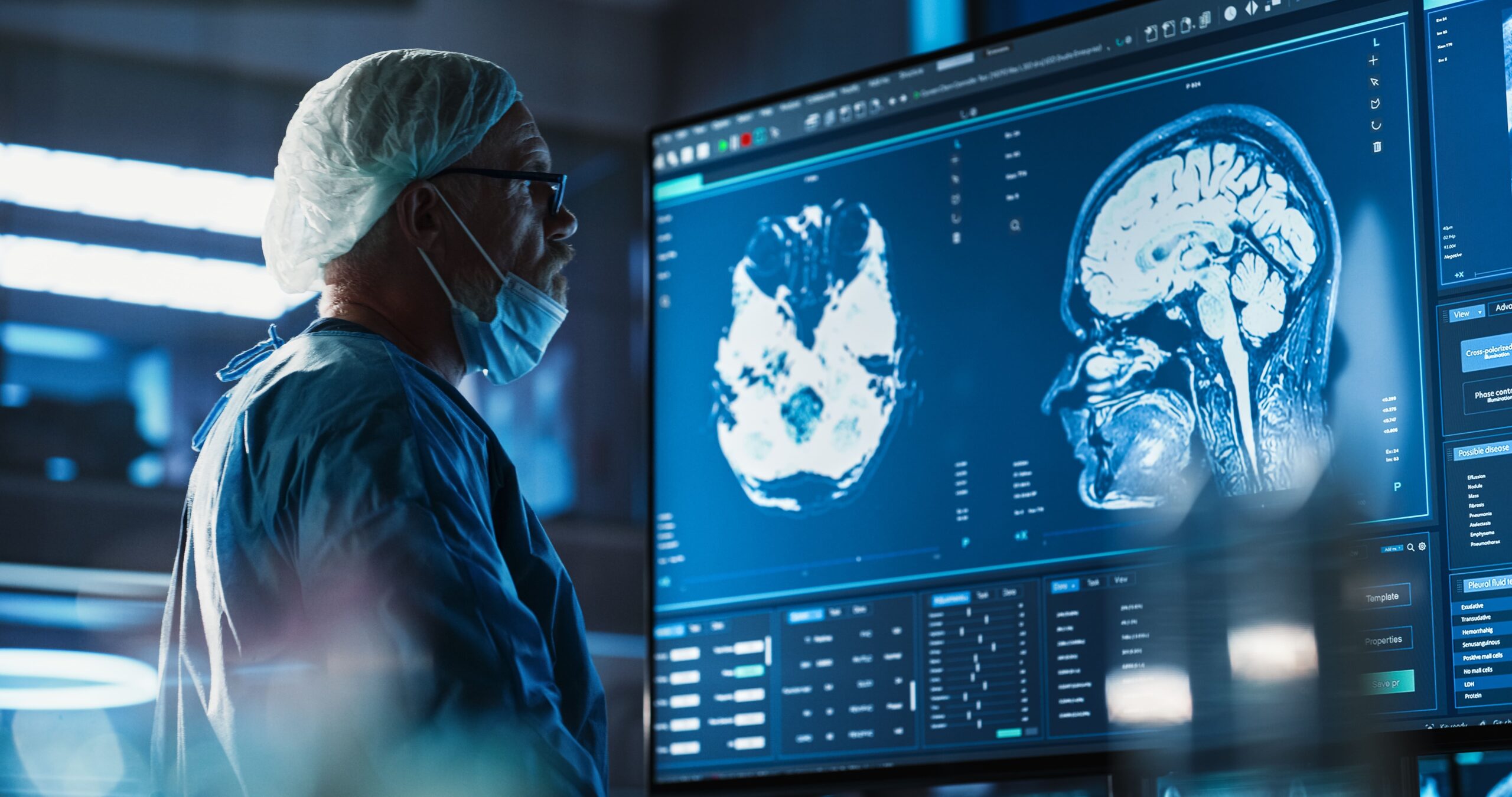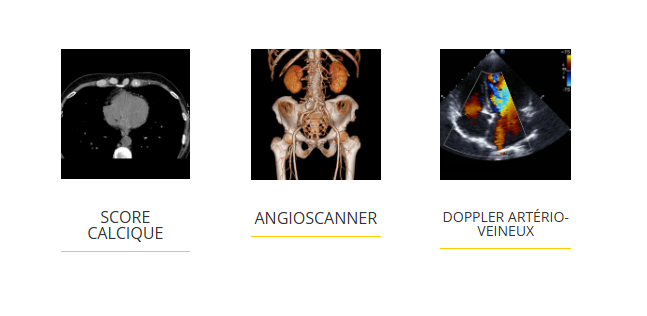Oncology
Cancérologie : un pôle d’excellence IMPC
RDV en ligne sur Doctolib
Rendez-vous Doctolib IMPC Bachaumont – IRM Paris 75002
Rendez-vous Doctolib Pôle Santé Bergère – IRM Paris 75009
Rendez-vous Doctolib Clinique Blomet- IRM Paris 75015

What is oncology?
A oncology is a branch of medical science treating tumorsincluding the origin, development, diagnosis and treatment of malignant neoplasms (tumors in the form of abnormal cell masses, usually benign, resulting from abnormal growth).
How is cancer diagnosed?
The TAP scanner
A Chest Abdomen and Pelvis CT Scan (TAP) is recommended in many cases, and can detect, among other things, anomalies such as
- traumatic injury to the liver, spleen or kidneys
- traumatic injury to the pancreas (e.g. abscess, primary or secondary tumor)
- traumatic injury to pelvic organs
This type of examination can be used to diagnose cancers of the uterus or prostate. This type of scanner goes further than the chest ct-scan, which enables it to diagnose cancer in the thorax (e.g. lung cancer).
ENT scanner
A otolaryngology scanner (ENT ) will help diagnose mouth or throat cancer. To clear up any doubts, and in the case of suspected cancer, a CT scan of the neck and lungs may be essential, and sometimes even an MRI.
Skull scan
A skull scan is a diagnostic tool used to create detailed images of the elements inside your head, such as the skull, brain, paranasal sinuses, ventricles and orbits. The images created by a cranial scanner are far more detailed than ordinary X-rays. They can help diagnose a wide range of conditions, including those related to a diagnosis of metastatic cancer (tumor that has spread to another part of the body). A cranial scan will help diagnose infections, swellings or tumors.
This section gives details of the most common diagnoses for which our department is called upon. Other cancers, such as women's breast cancer, are diagnosed via the mammography and presented on our "Women and Children Imaging.
Key facts and figures
Cancer is a complex group of diseases with many possible causes. In this section, you can learn more about the known and possible causes of cancer.
What are the most common cancers?
According to the latest statistics for 2020, cancer is responsible for nearly 10 million deaths, or almost one in six [1].
In women, the most common cancers are as follows:
- Breast cancer
- Ovarian cancer
- Cervical cancer
- Cancer of the endometrium (body of the uterus)
In men, the most common cancers are..:
- Prostate cancer
- Lung cancer
- Colorectal cancer
What imaging tests are available for osteoarticular diseases?

What causes cancer?
As mentioned above, cancer arises from the transformation of normal cells into tumor cells. In fact, these mutations are the consequence of the subject's exposure to three categories of external agents:
- Physical carcinogens, such as ultraviolet rays.
- Chemical carcinogens, such as asbestos, components of tobacco smoke, alcohol, aflatoxin (a food contaminant) or arsenic (a drinking water pollutant).
- Biological carcinogens, such as infections caused by certain viruses, bacteria or parasites.
How can we save lives and reduce the burden of cancer?
One of the reduce the burden of cancer is to detect these pathologies at an early stage, and to treat and manage patients appropriately. It turns out that a large number of cancers have a high probability of cure if detected early and treated appropriately.
Our oncology cluster are on hand to support cancer sufferers, through diagnostics very advanced. Once the diagnosis has been carefully established, timely referral to treatment services well-referenced in the field, such as the interventional radiology in oncology.
